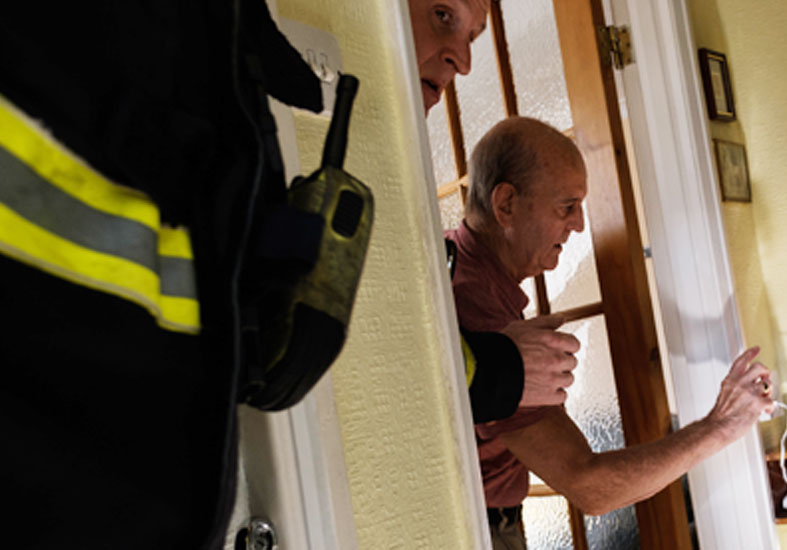The Importance of Fire Risk Assessments for a HMO
As the landlord of a House in Multiple Occupation (HMO) it is vital that you put in place a clear protocol for fire safety. This includes the legal requirement for a fire risk assessment, which is put together to highlight all fire hazards present at the property in question. A fire risk assessment for a HMO ensures that the landlord is protected in a court of law should an incident take place, as long as the landlord has committed to undertake all safety precautions relating to the fire risk assessment and fire safety in general.
A HMO is a property that is to be let to a minimum of three tenants, comprising of more than one household. The tenants share a bathroom, kitchen and toilet facilities as part of the property. A large HMO defines a property if it has three or more floors, with five or more tenants forming more than one household, and it requires an HMO licence in order to be legal. To find out whether you are required to hold a HMO license, you should contact your Local Authority, as the rules will differ slightly from area to area.

Once a property has been given the title of HMO it is important as the landlord that you are able to produce a fire risk assessment. This can be drawn up using a professional company that can carry out the actions and is useful not only for HMOs, but also for all types of commercial facilities, such as retail buildings, hotels, offices and sports centres among others.
The fire risk assessment will seek to identify all fire risks and hazards posed within the property currently, and aim to draw up plans to reduce the risks of those hazards and to protect guests, visitors and all employees from fire. HMOs are legally required to undertake a fire risk assessment as part of the Housing Act 2004 and the Regulatory Reform (Fire Safety) Order 2005. Under this ruling all landlords are expected to produce a document highlighting where all fire hazards are located and how to avoid those hazards. It is not a legal obligation for landlords to provide training and fire safety practice for tenants of the HMO.
The fire risk assessment should include basic information about the property, such as the address, the date of the assessment, completed by and date reviewed. These four areas will then be elaborated on with all fire hazards identified listed, the potential individuals harmed by fire, whether there is an appropriate control for the fire risk, and an analysis of any further required actions in order to control the risk.
If you are the landlord of an HMO, it is important to take your responsibilities seriously. Take no chances when it comes to fire safety and the health and safety of your tenants. Look to a professional service that can provide you with an in-depth fire risk assessment for your HMO. It will ensure that you are legally covered and that your tenants understand all fire hazards present in the building and how to avoid them.


Comments are closed.